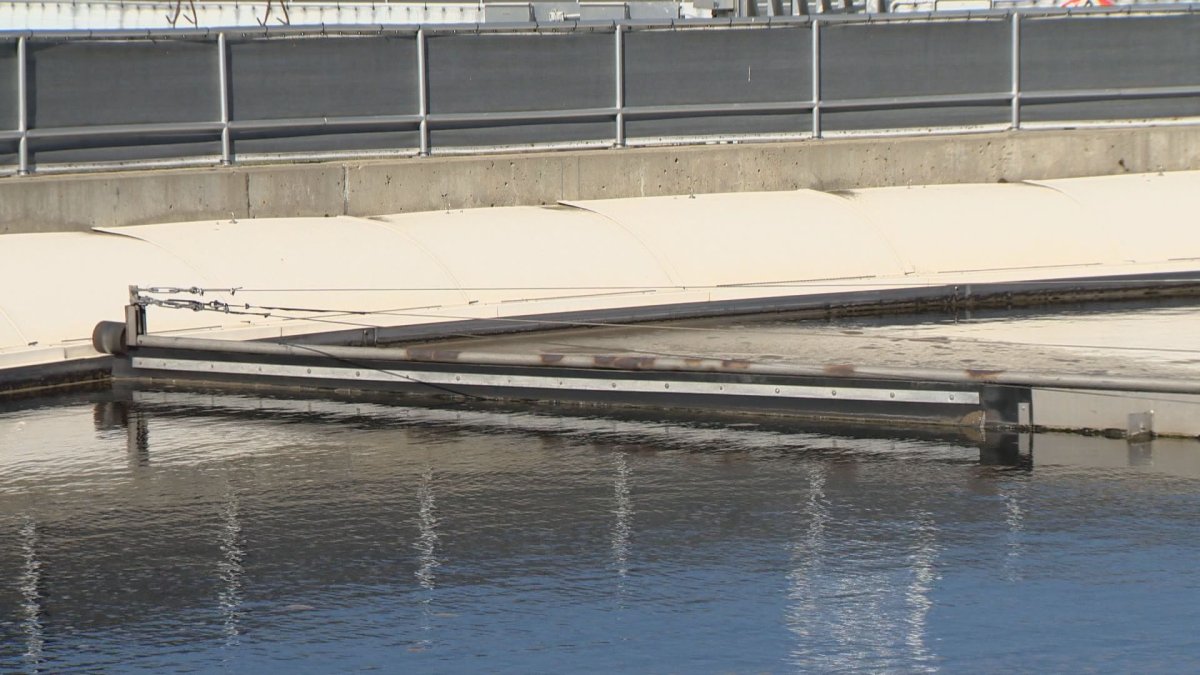There has been a significant spike of viral RNA from the coronavirus in Saskatoon’s wastewater.

Wastewater viral load jumped 348 per cent from Aug. 12 to Aug. 17, according to data released Monday by researchers at the University of Saskatchewan.
Researchers said samples from Aug. 15 and Aug. 17 showed the highest RNA load ever recorded in Saskatoon’s wastewater.
Prof. John Giesy with the University of Saskatchewan said all viral RNA currently being measured is the Delta variant.
“When it started, it went up very, very quickly, displacing all the other variants. And we look for about eight or nine variants,” said Giesy, who is the principal investigator for the project.
“Right now, Delta is 100 per cent.”

Get daily National news
Giesy said it is a trend that started in July.
“We saw a 300-per cent increase. So, it’s not just this week. It’s been the last three weeks,” he said.
Giesy said that he has informed public health officials both nationally and provincially that models show the spike will last for another month.
“What I’ve told them is I expect this to spike in the third week of September,” he said, adding that he is concerned with the start of school next week.
“Even if young kids don’t get as sick, they can be moving things around. Even if they’re asymptomatic, that could result in them moving it around.
As of Tuesday, there were 413 active COVID-19 cases in Saskatoon.
The report cautioned that changes of this magnitude may not be proportional and may not always correspond to a similar rise in COVID-19 cases. Instead, they said it should be seen as a gauge for the direction of change.
Most people with COVID-19 start shedding the virus through their stool within 24 hours of infections.
Researchers said the viral signal detected in wastewater helps to provide a population-level estimate of the rate of infection in Saskatoon.
They said gathering this information allows them to warn of upcoming increases in positive cases in the community.








Comments